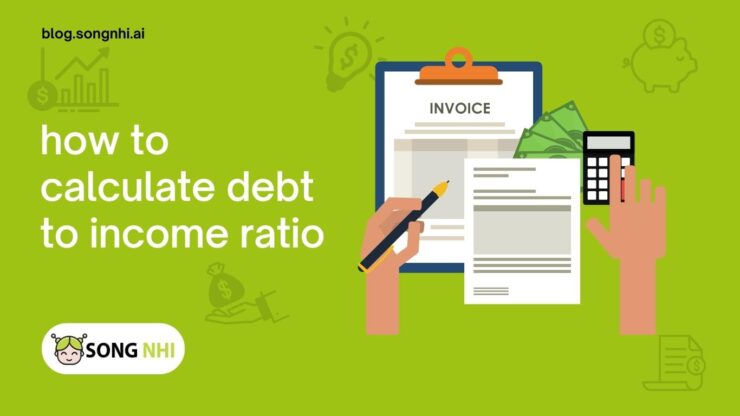When it comes to assessing your financial health and creditworthiness, one crucial metric to consider is your debt-to-income ratio (DTI). The DTI ratio is a valuable tool used by lenders and individuals alike to evaluate the balance between your debts and income.
By understanding how to calculate and interpret your DTI ratio, you can gain valuable insights into your financial standing and make informed decisions about borrowing and managing your debts. In this article, we will explore the concept of DTI ratio, discuss its significance, and guide you through the process of calculating it.
1. Understanding Debt-to-Income Ratio (DTI)
Your debt-to-income ratio is a simple mathematical calculation that compares your monthly debt payments to your monthly gross income. It provides a snapshot of your financial obligations in relation to your earning capacity. Lenders use this ratio to assess your ability to manage additional debt responsibly.
2. Calculating Your Debt-to-Income Ratio
To calculate your DTI ratio, follow these steps:
- Determine your total monthly debt payments: This includes mortgage or rent payments, credit card bills, student loans, auto loans, personal loans, and any other monthly debt obligations.
- Calculate your gross monthly income: Add up all sources of income before taxes, such as salary, bonuses, commissions, rental income, or alimony.
- Divide your total monthly debt payments by your gross monthly income
- Multiply the result by 100 to express it as a percentage
The formula is as follows:
DTI Ratio = (Total Monthly Debt Payments / Gross Monthly Income) x 100

3. Interpreting Your Debt-to-Income Ratio
Your resulting DTI ratio represents the percentage of your income that goes towards debt payments. Here’s how to interpret the ratio:
DTI Ratio below 36%
Generally considered a healthy DTI ratio, indicating that you have a manageable level of debt relative to your income. Lenders are more likely to view you as a low-risk borrower.
DTI Ratio between 37% and 49%
This range signifies a moderate DTI ratio. It suggests that a significant portion of your income goes towards debt repayment. Lenders may scrutinize your application more closely or offer less favorable terms.
DTI Ratio above 50%
A high DTI ratio indicates a significant portion of your income is allocated to debt payments. This raises concerns about your ability to handle additional debt, and lenders may be hesitant to extend credit.
4. Significance of Debt-to-Income Ratio
Understanding your DTI ratio is crucial for several reasons:
Lending Decisions
Lenders use the DTI ratio to assess your creditworthiness when you apply for loans or credit. A lower DTI ratio indicates a lower risk, increasing your chances of approval and potentially qualifying for better terms.
Financial Planning
Calculating and monitoring your DTI ratio helps you evaluate your current debt load and make informed decisions about your finances. It enables you to assess whether you can comfortably handle additional debt or if you need to focus on debt reduction.

Debt Management
A high DTI ratio serves as a red flag, indicating that your debt burden may be too heavy. It highlights the need to take steps to reduce debt, increase income, or explore debt consolidation options to improve your financial health.
Related articles:
- What is the National Debt?
- How to Pay Off Credit Card Debt?
- How to Get Out of Debt?
- Debt Consolidation Loans
5. Improving Your Debt-to-Income Ratio
If your DTI ratio is higher than desired, you can take steps to improve it:
Pay Down Debts
Focus on reducing your outstanding debt balances. Allocate extra funds towards debt repayment and consider strategies such as the debt snowball or debt avalanche methods to accelerate the process.
Increase Your Income
Seek opportunities to boost your earnings, such as negotiating a raise, taking on a side job, or pursuing additional education to enhance your career prospects.
Cut Expenses
Trim unnecessary expenses and adopt a frugal mindset. Review your budget and identify areas where you can make adjustments to free up more money for debt repayment.
Avoid Taking on Additional Debt
Temporarily refrain from acquiring new debt. Focus on managing your existing obligations and improving your financial position before considering new loans.
Conclusion
Your debt-to-income ratio serves as a valuable tool for assessing your financial health and creditworthiness. By understanding how to calculate and interpret your DTI ratio, you gain insights into your debt obligations relative to your income.
This knowledge empowers you to make informed decisions about borrowing, manage your debts effectively, and work towards achieving financial stability. Regularly monitor your DTI ratio and take proactive steps to improve it, ensuring a healthier financial future.

















